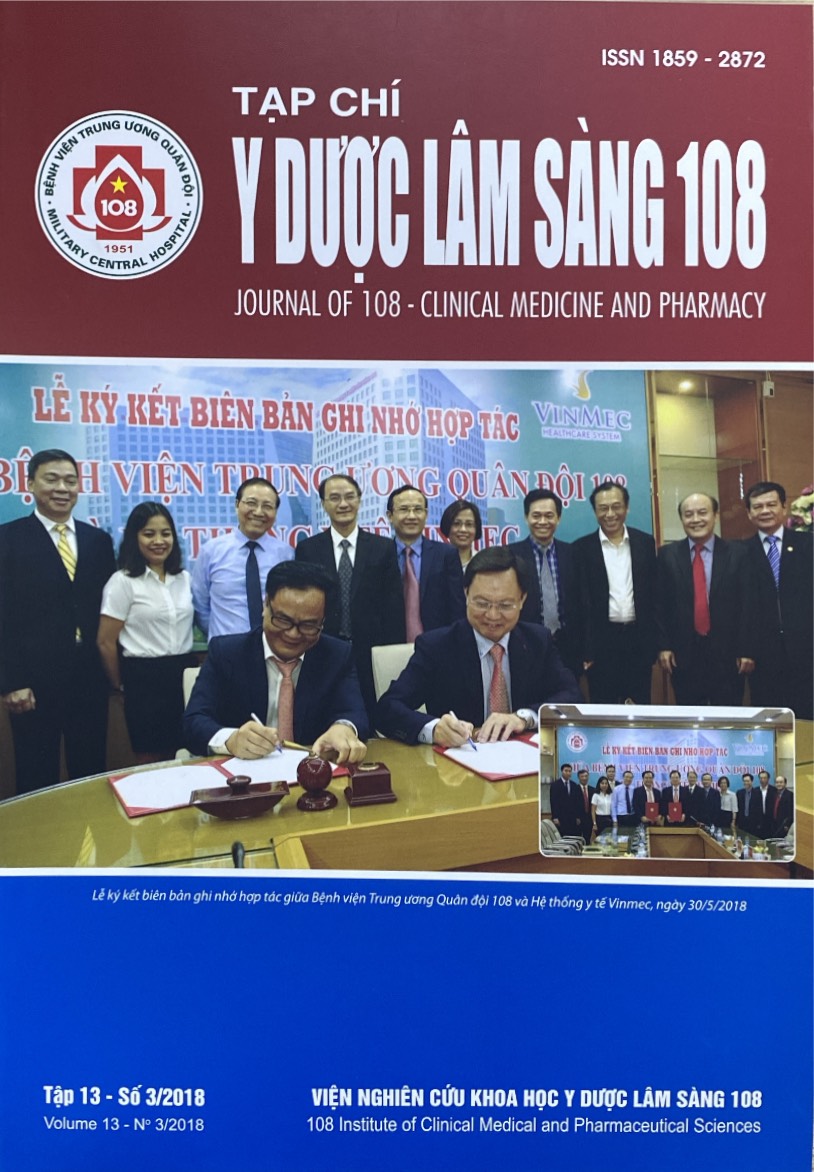Secondary posterior capsular opacity and intraocular lens characteristics related to posterior capsular opacity
Main Article Content
Keywords
Abstract
Objective: To investigate the characteristics of secondary posterior capsular opacity (PCO) and intraocular lens (IOL) characteristics related to posterior capsular opacity. Subject and method: A cross sectional descriptive study was performed on 206 eyes which had been done phacoemulsification by one phaco surgeon at the Glaucoma Department - Vietnam National Institute of Ophthalmology from 01/01/2012 to 31/12/2012. Patient’s list was collected from hospital management software, characteristics of IOL collected from patient records. The vision acuity, posterior capsule were recorded. Result: 32.5% of 206 eyes in the study group had secondary posterior capsular opacity with 53.7% fibrosis type, 22.4% mixed and 23.9% Elschnig type. The more convex posterior surface had 11.1% PCO was significantly lower than that of the equivalent convex IOL 35.8% (p<0.05). The rate of PCO of IOL acrylic hydrophobic material was 28.9% lower than that of using IOL acrylic hydrophilic 36.8%. Conclusion: Secondary posterior capsular opacity occurred at a high rate after surgery, most of which was fibrous. IOL had more convex posterior surface and had material as acrylic hydrophobic can reduce PCO.
Article Details
References
2. Downing JE (1990) Biconvex intraocular lens and Nd:YAG capsulotomy: Experimental comparison of surface damage with different polymethyl methacrylate formulations. J. Cataract Referact Surg 16: 752-736.
3. Sterling S (1986) Effect of intraocular lens convexity on posterior capsule opacification 5 years after extracapsular cataract extraction. J. Cataract Referact Surgery 25(2): 246-250.
4. Suresh PS, Jone NP (2001) Phacoemulsification with intraocular lens implantation in patients with uveitis. Eye (Lond) 15 (5): 621-628.
5. Vock L, Georgopoulos M et al (2007) Effect of the hydrophylicity of acrylic intraocular lens material and haptic angulation on anterior capsule opacification. Br. J. Ophthalmol 91: 476-480.
 ISSN: 1859 - 2872
ISSN: 1859 - 2872
